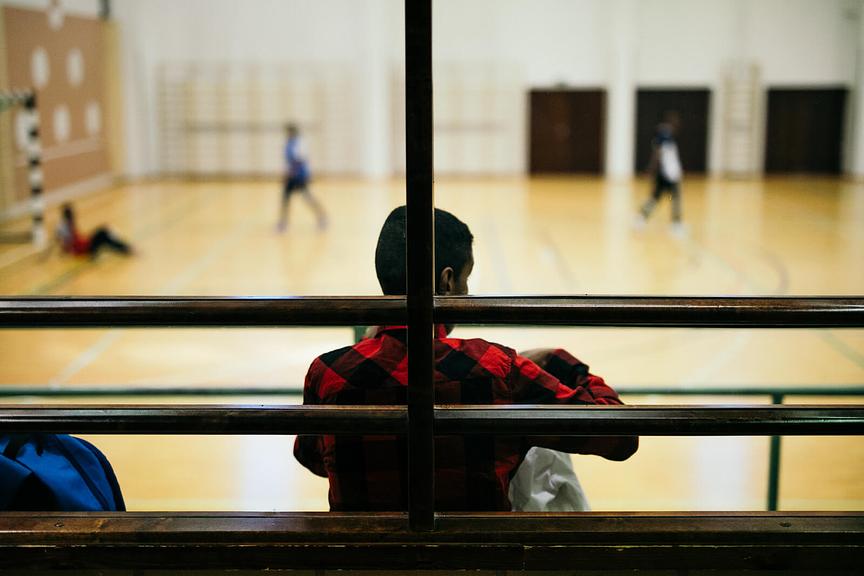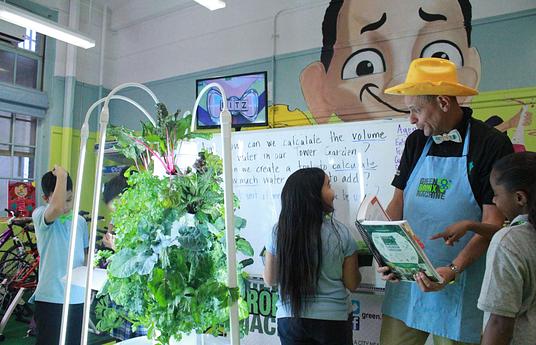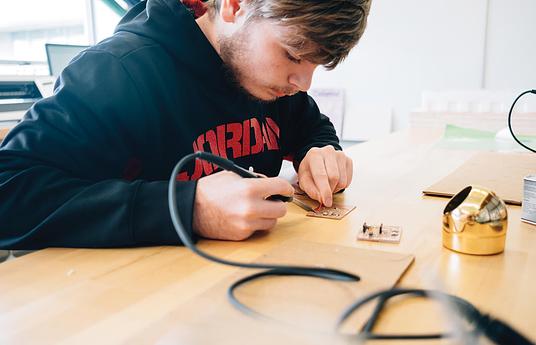Useful social, psychological and physical skills can be attained through sport, which also affects students’ school satisfaction and well-being.
Sports is a great way to promote integration in school as well as outside of it, as it can be used to help students of different backgrounds integrate into the school and the local community. Students get to meet lots of different people, build relationships and establish a community.
Sports activities can be especially helpful for first-generation immigrant students and is one of the most essential ways for them to meet new people. During sports, an individual’s skills in the sport define their identity instead of other characteristics such as their ethnicity or their language skills, that can limit communication if they’re not yet fluent or are just starting to learn their new home language.
In 2016-2017, two schools experimented with adding more exercise to the school day in a way that best promotes integration. The following steps show some of the ways these schools have motivated students to exercise more.





